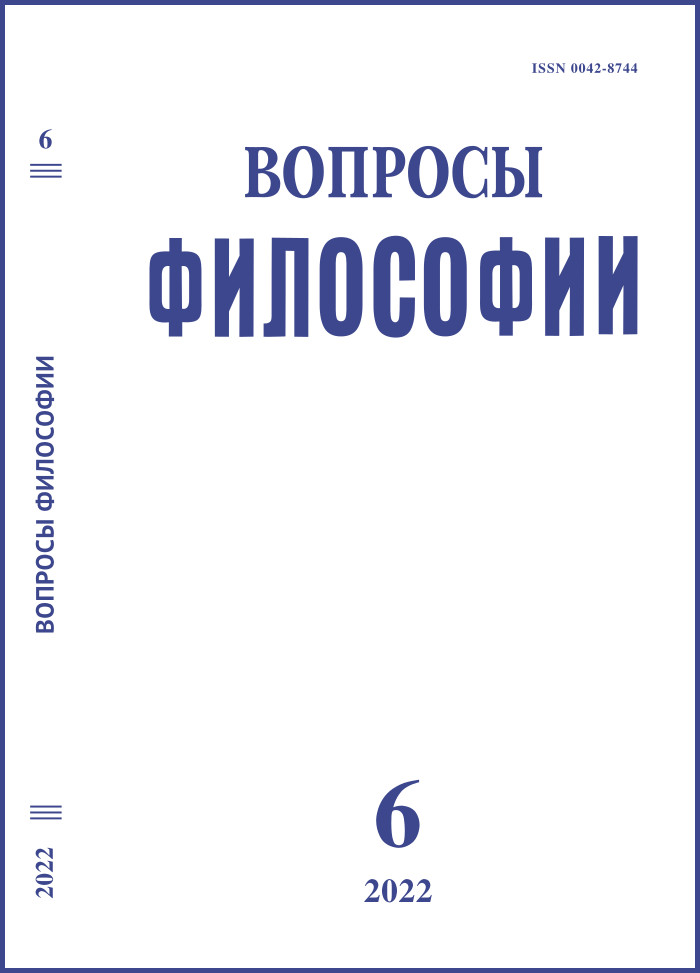The Taima Mandala Legend, Taima mandara engi, Trans. by Maria V. Toropygina
DOI:
https://doi.org/10.21146/0042-8744-2022-6-153-163Keywords:
Japan, Buddhism, Amida, Kannon, mandala, sutra, Taima-mandala, Chūjōhime.Abstract
The publication contains translation with the commentary of the text of Taima mandara engi (History of the origin of the mandala of the Taima temple), which is placed on two illustrated scrolls stored in the Komyōji temple in Kamakura. The creation of the scrolls dates back to the 13th century. The text contains the legend about the emergence of the mandala, which depicts the Pure Land of Buddha Amida (Amitabha, Amitayus), kept in the Taima temple. The mandala illustrates one of the “three principal Pure Land sutras” – The Sutra on Contemplation of Amitaus. According to the legend, the mandala was created in response to the passionate desire of the daughter of Minister Yokohagi, who
became a nun, to see Buddha Amida. The mandala was woven overnight by the bodhisattva Kannon, who appeared in the form of a beautiful woman, from lotus threads, which the Buddha Amida himself dyed, appeared in the form of a nun. The events date back to the 8th century, they are dated in the legend with an accuracy of a day or even an hour. The legend is set forth in a number of medieval texts. Later on the heroine of the story, the minister’s daughter, became known as Chūjōhime and the story of her childhood became similar to the Cinderella fairy tale. Subsequently, the legend was used in many literary and dramatic works.
Downloads
Published
Versions
- 2025-02-06 (2)
- 2022-06-30 (1)

